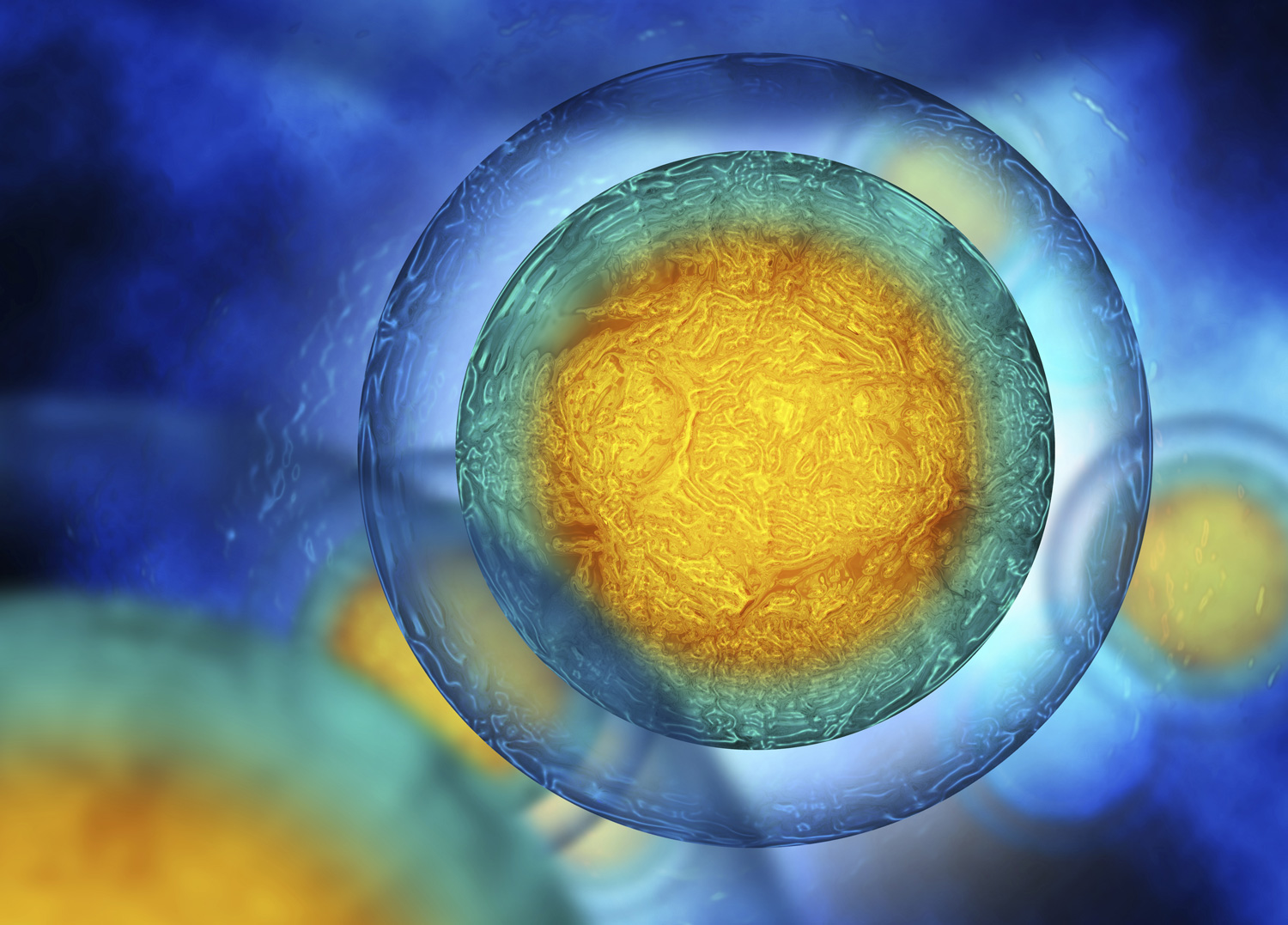UK Regeneration Research Featured in Nature Communications
A new study by researchers in the University of Kentucky College of Arts and Sciences and College of Medicine is featured in Nature Communications this week.
Sandeep Saxena, Hemendra Vekaria, Patrick Sullivan and Ashley Seifert are authors on the paper "Connective tissue fibroblasts from highly regenerative mammals are refractory to ROS-induced cellular senescence." The paper offers new insights into how cells from certain mammals — African spiny mice and rabbits — respond to stress and regenerate injured tissue.
Although most mammals heal external injuries with scar tissue, spiny mice are able to regenerate injured tissue. Seifert’s lab at UK has been working for years to understand and identify specific cellular features that allow regeneration to occur in mammals and other vertebrates.
Saxena, a graduate student in the UK Department of Biology and lead author of the paper, discovered that fibroblasts from spiny mice and rabbits are highly resistant to hydrogen peroxide, a reactive oxygen species (ROS) compound produced in injured tissue. In most mammals, hydrogen peroxide kills bacteria while also damaging local cells during wound repair. Saxena found that when he exposed cells from mice, rats, spiny mice and rabbits to hydrogen peroxide, cells from the mice and rats stopped dividing. In contrast, fibroblasts from the regenerating species (spiny mice and rabbits) appeared unaffected and continued to proliferate. The researchers also studied mitochondria from all four species. When the cells of non-regenerating mice and rats were exposed to hydrogen peroxide, the researchers found their mitochondria were severely compromised, whereas mitochondria from the regenerating spiny mice and rabbits remained functional.
Furthermore, the researchers learned the regenerating mammals used an "antioxidant scavenger" — an enzyme called glutathione peroxidase — to protect themselves against the harmful effects of hydrogen peroxide. Glutathione peroxidase breaks down hydrogen peroxide into water and can protect cells from its negative effects. By boosting the activity of this enzyme in cells from mice and rats, the team observed an increased resistance to the hydrogen peroxide.
"(These findings) suggest that reducing cellular stress during injury may be useful for trying to increase regenerative ability in non-regenerating species," said Seifert, a professor in the Department of Biology.
“These findings also lend support to the mitochondrial theory of aging in the novel context of regeneration,” said Sullivan, who is a professor of neuroscience in the Spinal Cord and Brain Injury Research Center (SCoBIRC) in the UK College of Medicine.
Now, the researchers would like to investigate how ROS signaling regulates the proliferative pool of cells necessary for regeneration in the spiny mice compared to scarring in non-regenerating mice.
“It will be interesting to see how ROS signaling will impact the antioxidant pool and function of mitochondria during regeneration and scarring,” Saxena said.
The full study can be found in Nature Communications at www.nature.com/articles/s41467-019-12398-w.
